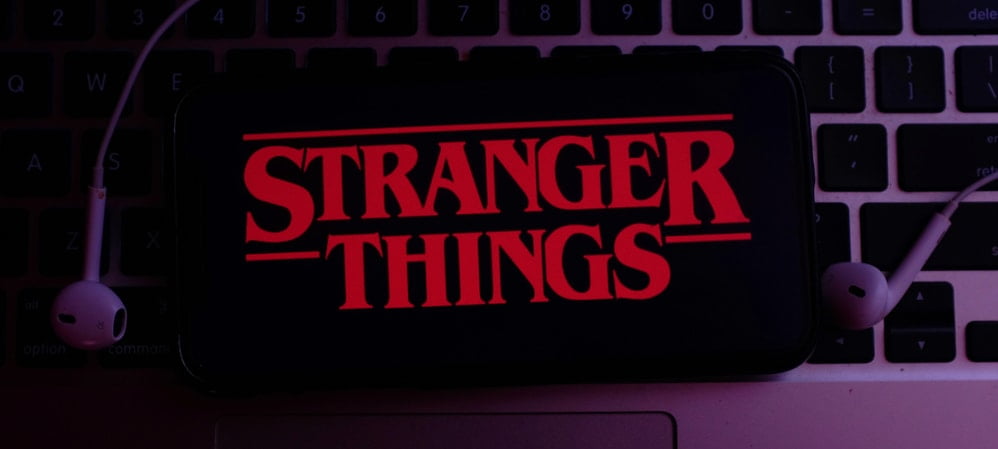Red Hat Powers the VFX Studio Behind Stranger Things and Oppenheimer


DNEG is a visual effects (VFX) and animation studio for film and television that has won seven Oscars for "Best VFX" in recent years, including Inception, Interstellar and Dune. What makes DNEG unique is the software developed by hundreds of engineers around the world and the artists who access these creations to deliver DNEG's renowned work. A fundamental part of any visual effects workflow is the ability to track and manage a vast amount of digital assets and their metadata to compose everything from cityscapes to jostling crowds to flowing water.
Since its beginnings 25 years ago as a small company based in London, DNEG has grown steadily and now employs more than 9,000 people in ten locations worldwide. DNEG needs to be fast to be among the best in its field, but some aspects of its asset tracking system, a large monolithic application, had become a bottleneck. The steady growth of artists and workloads led to a corresponding increase in metadata, all competing for access to the same database services. It was clear that the asset tracking system needed a major architectural overhaul to support the growing, globally distributed team. DNEG also faced ever-increasing demands on computing power as technology in the industry evolved, such as with the introduction of the latest collaborative industry standard for constructing various elements in animated 3D scenes - Universal Scene Description (USD).
DNEG decided to split key parts of the asset tracking system into microservices and manage them in containers using Red Hat OpenShift, a hybrid cloud application platform based on Kubernetes. The first and most critical component was an API for querying metadata at scale, Pipe Query. DNEG had a clear vision and relied on Red Hat's consultants and training to expand its expertise in DevOps, infrastructure-as-code, API management and other relevant areas to develop first a proof of concept and then a global infrastructure. Red Hat OpenShift is now deployed in six data centers worldwide, providing an abstraction and orchestration layer between the artists and the database.





